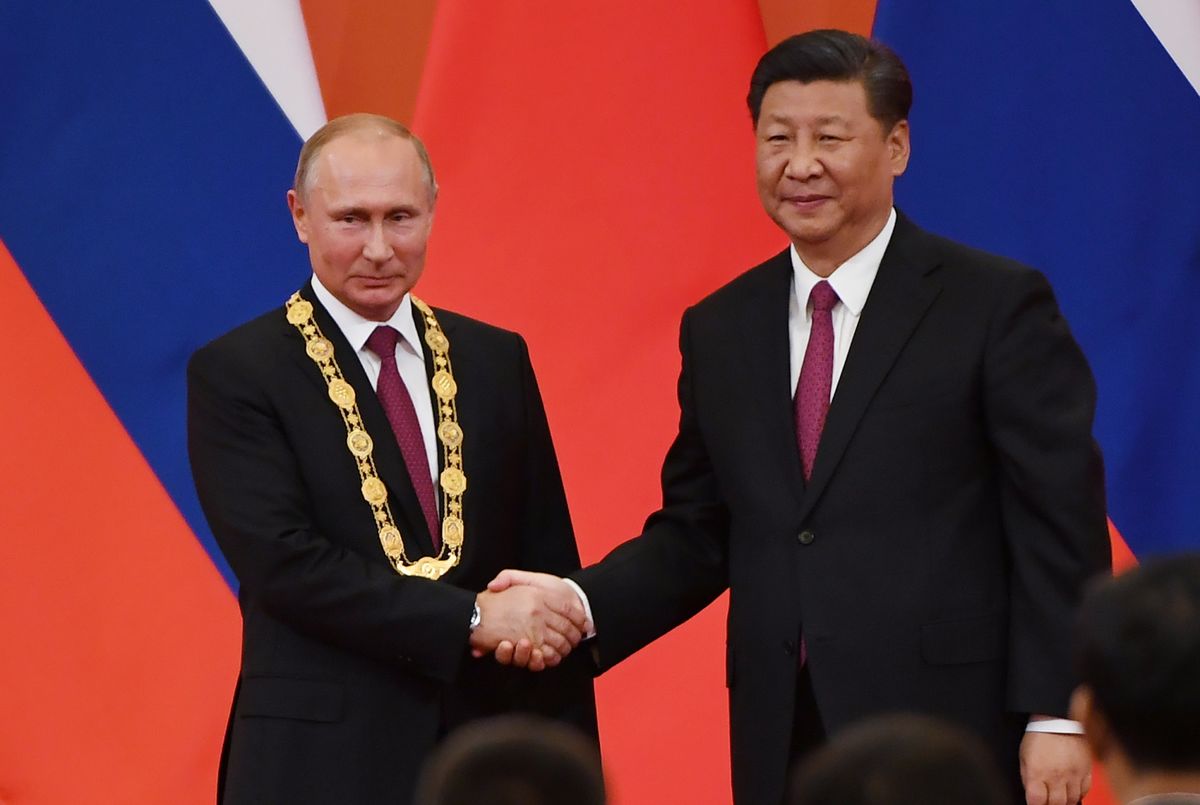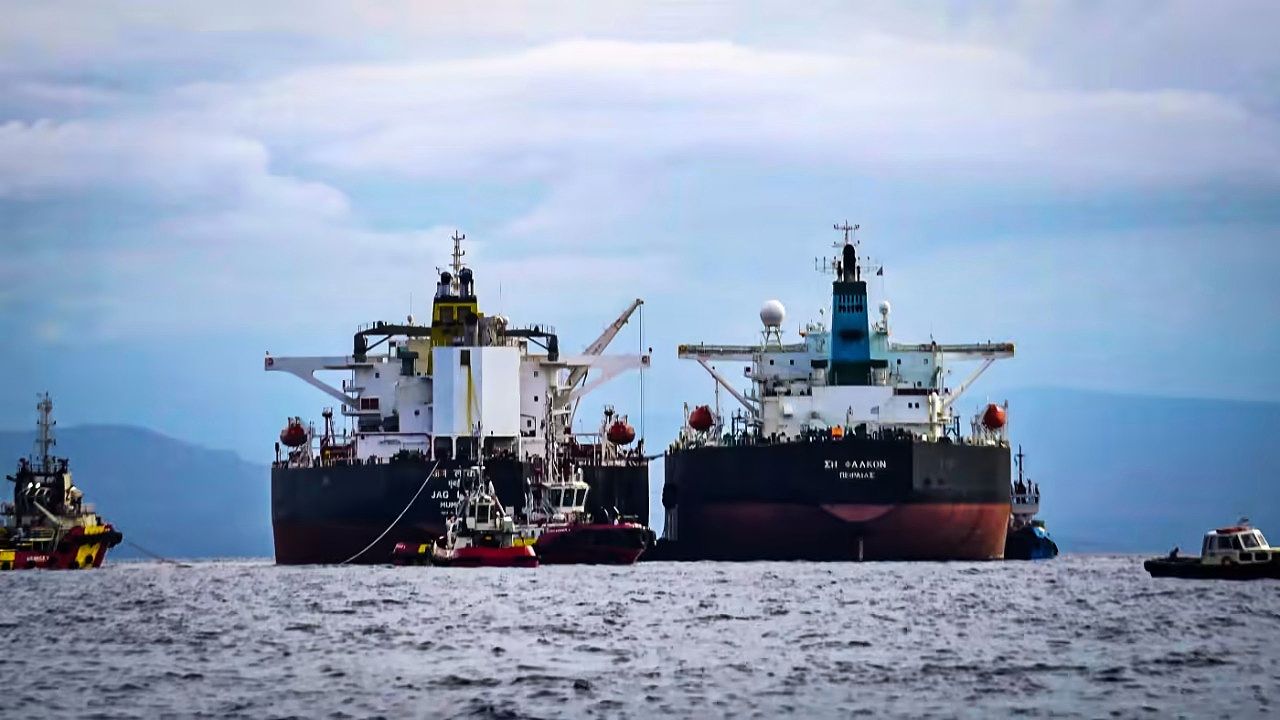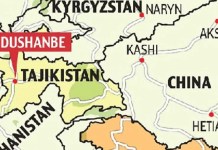Will Russia be forced to see reason and make heavy concessions to end the war in Ukraine in 2023 sooner rather than later? The West, led by the United States, appears to think so as Russia’s oil/gas – wealth, the central pillar of the power system controlled by President Vladimir Putin, seems to be diminishing.
It may be noted that the US banned the import of all Russian oil and gas products in March 2022. Similarly, European Union (EU) countries have committed to reducing gas imports from Russia by two-thirds.
As it is, imports of Russian gas have fallen from 40% to 4%, with some forecasts indicating Russia has lost the European gas market, traditionally its most crucial market.
Europe A Lost Gas Market For Russia
In December, EU countries stopped seaborne imports of Russian oil. Refined oil products from Russia will be banned in Europe from 5th February 2023. And now, the US and EU have approved a price cap to discourage countries from paying more than $60 for a barrel of Russian crude oil.
It is said that this price cap will also be implemented beginning in February.
Moreover, because of these sanctions, it is feared that more than a thousand foreign companies may terminate their operations in Russia in the context of “self-sanctioning.” As of now, in the energy sector of Russia, roughly more than 40 percent of international companies have reportedly withdrawn or temporarily suspended their activities. These companies include BP, Shell, and ExxonMobil.
Incidentally, fossil fuels and other fuels are Russia’s most important trade goods, constituting roughly 50 percent of the country’s overall export income. Add to this the fact that the Russian state earns approximately a third of its income via taxes from the oil and natural gas export business.
Thus, one could argue that oil wealth is helping to finance Russia’s war against Ukraine and that if this wealth is diminished, its war efforts will considerably weaken.
It may be noted in this context that according to an analysis by the Centre for Research on Energy and Clean Air (EU oil ban and price cap are costing Russia EUR 160 mn/day, but further measures can multiply the impact – Centre for Research on Energy and Clean Air), sanctions have already taken their toll on Russia. Its key findings include:
- Russia’s earnings from fossil fuel exports fell 17% in December, to the lowest level since the start of the country’s full-scale invasion of Ukraine.
- The EU oil ban and price cap cost Russia an estimated EUR 160 mn/day. The fall in shipment volumes and prices for Russian oil has cut the country’s export revenues by EUR 180 million per day. Russia managed to claw back EUR 20 million per day by increasing exports of refined oil products to the EU and the rest of the world, resulting in a daily net loss of EUR 160 million.
- The measures caused a 12% reduction in Russia’s crude oil exports and a 23% drop in selling prices, for a 32% drop in crude oil revenues in December. Germany’s stoppage of pipeline oil imports shaved off another 5% at the end of December.
- Russia is still making an estimated EUR 640 mn per day from exporting fossil fuels, down from a high of EUR 1000 mn from March to May 2022. The EU’s ban on refined oil imports, the extension of the price cap to refined oil, and reductions in pipeline oil imports to Poland will slash this by an estimated EUR 120 mn per day by 5th February.
- In December, the EU remained Russia’s most significant oil importer when pipeline crude oil and all oil products were included. This will have changed as Germany ceased to import Russian pipeline oil at the end of December and the EU oil products ban enters into force in February.
- As European buyers cut purchases, Japan became the largest LNG importer from Russia. China, South Korea, Turkey, India, and Japan were the largest importers of coal.
- Russia has so far made EUR 3.1 bn shipping crude oil on vessels covered by the price cap, resulting in approximately EUR 2.0 bn in tax income to the Russian government. This tax income can be eliminated almost entirely by revising the price cap to a level much closer to Russia’s production costs.
- Lowering the crude oil price cap to USD25–35, still well above production and transport costs in Russia, would slash Russia’s oil export revenue by at least EUR 100 mn per day.
- The price cap coalition has substantial leverage to push down the price caps — Russia has not found a meaningful alternative to vessels owned and insured in the G7 for transporting Russian crude and oil products from Baltic and Black Sea ports.
- In the Pacific, Russia continues to use UK-insured tankers to sell oil to China, although the market price for the oil is above the price cap level. New measures are needed against insurers and tankers engaged in this trade.
- Further measures available to the EU and allies can cut Russia’s fossil fuel export revenues by an estimated EUR 200 mn per day from the level projected after the oil products import ban and price cap.
At the same time, despite sanctions and supply cuts, Moscow still made €155 billion from oil and gas exports in 2022 — 30 percent higher than the previous year. It is because the EU – which imported roughly a quarter of its oil from Russia and was thus by far Russia’s most important crude oil customer – did not impose the embargo immediately after Russian troops entered Ukraine.
And Russia made up for the eventual losses in Europe by selling more oil at a cheaper rate to the countries such as China, India, and Turkey that did not participate in the sanctions.

While it is true that the natural gas market, unlike the oil market, is heavily regionalized. Russian gas was mainly exported to Europe (nearly 50 percent of Europe’s gas imports) through pipelines.
When these pipelines were disrupted, Russia still made money with lesser export as the price for natural gas on the spot market in Europe had increased six-fold.
Tough Times Ahead For Russia?
However, with global oil and gas prices falling, in 2023, the Kremlin’s estimates say that those revenues will be down 23 percent — a figure some experts find too optimistic. The figure could be much lower than that. And that is because of three additional factors.
First, the modern trend in exporting gas is by liquefying it. Russia is one of the most important liquefied gas exporters, together with the US, Qatar, and Australia.
Importantly in liquefying its gas, Russia depended on many Western companies that were formerly the leading suppliers of liquefaction and drilling technology and software. With their withdrawal because of sanctions, Russia cannot replace them indigenously.
That explains why private Russian energy firm Novatek – Russia’s second-largest natural gas producer and most important liquid gas manufacturer after Gazprom – has decided to delay the start of production of Arctic LNG 2, a major liquid gas project on the Yamal peninsula, points out Professor Jeronim Perović, author of the book, “Rohstoffmacht Russland. Eine globale Energiegeschichte.” Western companies that were involved in this project, including Total (France), Linde and Siemens (Germany), and Mitsui (Japan) – which provided both the technical expertise and services and financial resources, have suspended their collaboration. Furthermore, South Korean company Daewoo Heavy withdrew its order to build 15 LNG tankers.

Secondly, there is a problem with the transportation of Russian oil/gas to the countries in the Indo-Pacific (like India and China) that do not go by sanctions. As there are no pipelines in service (they are being built and will take many more years to be completed) to this region, Russia has to depend on the ships on the sea to export. But here, as Professor Jeronim Perović argues, Russian companies highly depend on Western tankers to ship their goods.
But the West, particularly EU countries and the United Kingdom, have decided that these companies would no longer be insured if they transport Russian oil.
Add to this the fact that the G7 and EU countries have agreed on a price regulation that prohibits tanker owners, insurance companies, and other maritime service providers under their jurisdiction from providing services to the Russian oil industry, unless as already pointed out above the barrels are sold at defined prices with an upper limit currently set at 60 USD per barrel.
Thirdly, Professor Perović adds that most Russian oil comes from fields discovered in the Soviet era. “Since these fields have already reached their production peak, Russian energy companies are forced to tap into more technically challenging reserves in remote Arctic areas and offshore.
Even if Russia had already set out to produce certain technologies for the energy sector when the first Western sanctions were imposed in 2014, the percentage of foreign equipment in technically sophisticated, unconventional projects before the start of the Russian-Ukrainian war in February 2022 was still at 50 to 60 percent.
The extent to which Russian companies can manage to import Western technology via third-party states is unclear. Moreover, the scope and price at which non-Western companies will be able to replace certain Western technologies are also uncertain,” he says.
In sum, things do not look good for the Russians. Their strongest weapon in the war against the West through Ukraine has been the weapon of energy. But that weapon seems to be losing the edge by and by.
- Author and veteran journalist Prakash Nanda has been commenting on politics, foreign policy on strategic affairs for nearly three decades. A former National Fellow of the Indian Council for Historical Research and recipient of the Seoul Peace Prize Scholarship, he is also a Distinguished Fellow at the Institute of Peace and Conflict Studies.
- CONTACT: prakash.nanda (at) hotmail.com
- Follow EurAsian Times on Google News




